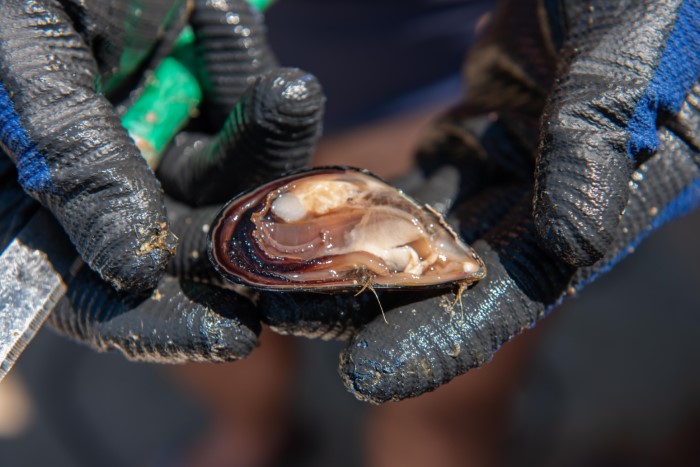-
ABOUT US
- Experiences
-
Half Day Tours
- Private Speed Boat Excursion Kotor Our Lady of the Rocks Perast
- Private Speed Boat tour Kotor - Blue Cave - Kotor
- Private shore excursion Kotor Njegusi Cetinje
- Private tour Kotor and cable car
- Private shore excursion Kotor Njegusi
- Private shore excursion Kotor Perast Our Lady of the Rocks
- Private Shore excursion Kotor Sveti Stefan Budva
-
Full day Tours
- "Ultimate Best tour of our Coastline" by speedboat and auto
- "Over the top Best of our Coastline" by speed boat and auto
- "Best of our Coastline" by car
- Skadar Lake Full day tour
- Day Private Shore Excursion Kotor Njegusi Mount Lovcen Kotor
- Full day Private and customized speedboat tour of the Bay of Kotor
- "Coast and Lovcen Mountain" Budva Lovcen Njegusi and Kotor
- "Coast and inland Montenegro"
Feel like having Oysters or Mussels?
Visit an oyster and mussels farm
Did you know you could have this amazing experience only 20 minutes away from the port of Kotor? We will visit a family own Oyster and Mussel farm, you will eat as much as you like along a nice glass of white wine of a cold beer.
Luka is the owner of this great farm located in Ljuta, he will be happy to share with you his lifestyle and you will be witness of his passion for the Bay and his work.
This experience could be done by itself or you could add it to any of our half day tours or full day tours, we will be happy to customized your time. Be ready you will be in for a treat!
Some insight about the farming process of Mussels and Oysters here in Ljuta, Kotor Bay
Mussel meat is in great demand due to its nutrition facts, it can be eaten raw, cooked (popularly “on buzara”) or fried.
They are grown on nursery lines or buoys connected by ropes.
“At the same time, the rope serves as a collecting tool for the young ones, but also as a strap to install breeding pergolas. I own about 220 pergolas in one line and each of them can bring about 10kg of mussels. It takes one mussel a year and a half to reach its harvest size “, explains Luka.
In November, the carrying ropes or collecting tools are being cleaned of mussels. The young mussels are being picked and packed in cylindrical nets. The net is being tied with a thin rope and hung on the same ropes. From November to November, mussels grow on the collecting tool, and from November in pergola until the beginning of April, when the harvest begins.
Next is the story of oyster shells, better known as the best “aphrodisiac”.
“As for oysters, their growing process is a bit longer, it takes 3 years to reach the consumable size (6 cm). It is grown by placing collectors first. Personally, I use the traditional way, used pergolas made of mussels that I hang on breeding lines ”.
Luka explains that all shellfish grow very fast at the beginning, and can even double their size in one day.
Their larvae float on the surface. After 7 days they transform into shells that remain in the shallow water not deeper than one meter, along the shores. Not so often mussels thrive in deeper water due to a large number of fish species that prey upon them.
-
ABOUT US
- Experiences
-
Half Day Tours
- Private Speed Boat Excursion Kotor Our Lady of the Rocks Perast
- Private Speed Boat tour Kotor - Blue Cave - Kotor
- Private shore excursion Kotor Njegusi Cetinje
- Private tour Kotor and cable car
- Private shore excursion Kotor Njegusi
- Private shore excursion Kotor Perast Our Lady of the Rocks
- Private Shore excursion Kotor Sveti Stefan Budva
-
Full day Tours
- "Ultimate Best tour of our Coastline" by speedboat and auto
- "Over the top Best of our Coastline" by speed boat and auto
- "Best of our Coastline" by car
- Skadar Lake Full day tour
- Day Private Shore Excursion Kotor Njegusi Mount Lovcen Kotor
- Full day Private and customized speedboat tour of the Bay of Kotor
- "Coast and Lovcen Mountain" Budva Lovcen Njegusi and Kotor
- "Coast and inland Montenegro"





